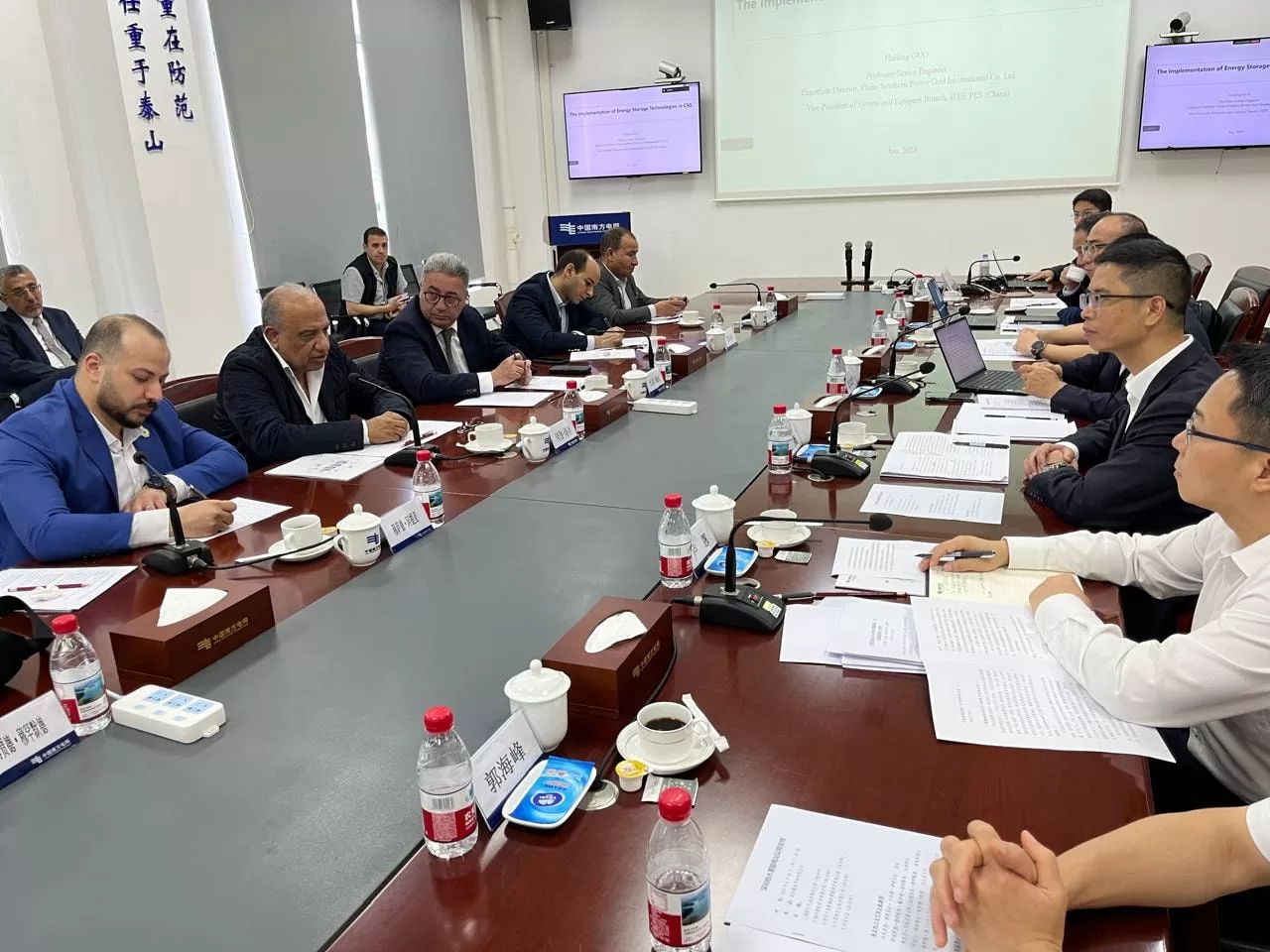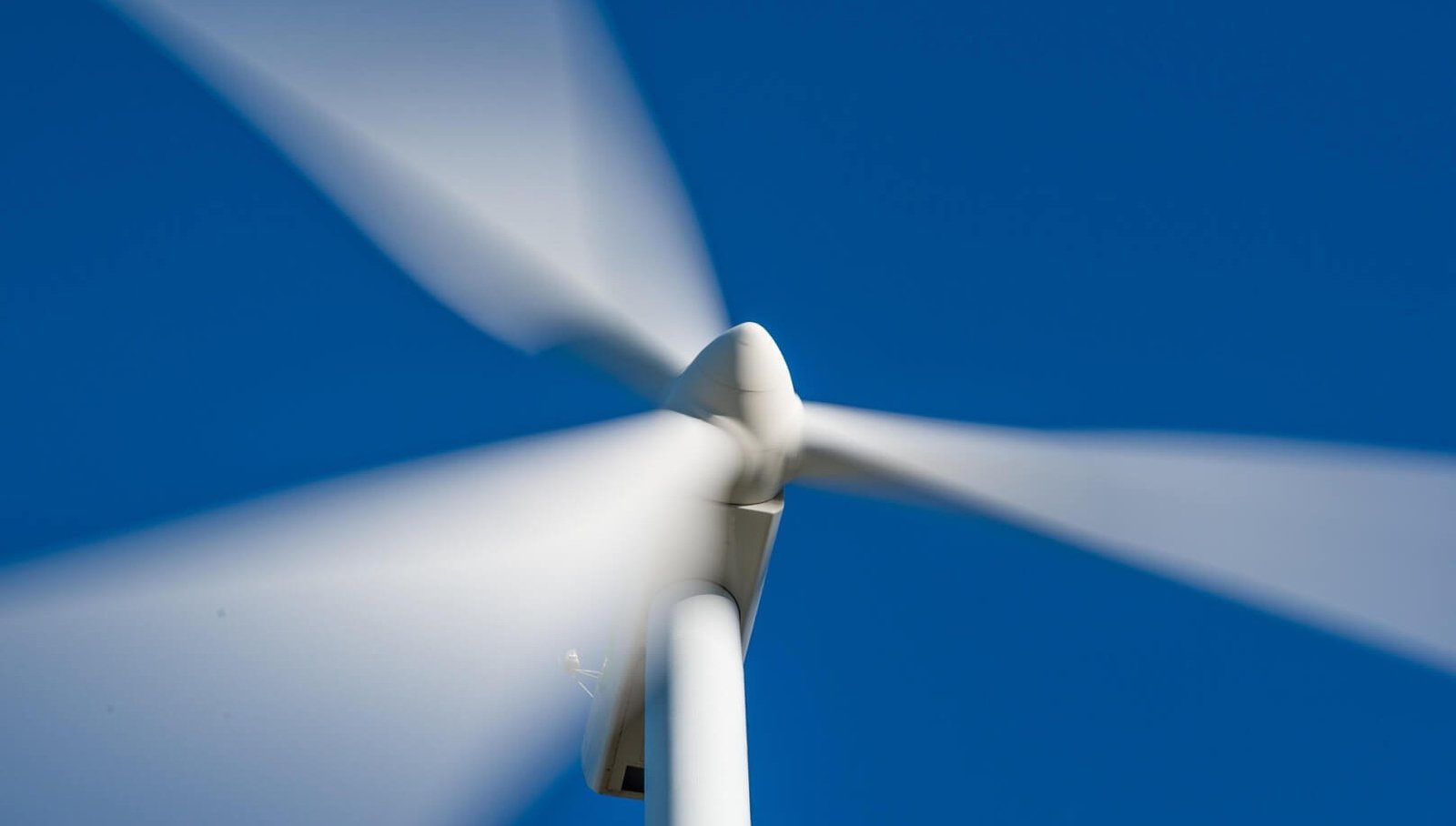The European energy transition is at a pivotal moment. As solar power adoption increases to achieve climate goals, Europe faces a critical issue: the widespread use of Chinese-made solar inverters is posing serious cybersecurity threats. These inverters are essential components of renewable energy systems, yet their prevalence has created vulnerabilities that could jeopardize energy security.
China’s State Grid Corporation (SGCC) is emerging as a double-edged sword in this context. On one hand, SGCC’s advanced technologies, including ultra-high voltage (UHV) transmission and digital twin systems, have the potential to strengthen Europe’s energy infrastructure. On the other hand, there are significant concerns regarding cybersecurity and dependence on a foreign entity for critical grid technology.
The dominance of Chinese manufacturers in the solar inverter market is stark. By 2023, companies like Huawei and Sungrow controlled over 70% of the global inverter market, and 78% of Europe’s solar installations utilized their equipment. The cost of non-Chinese inverters can be 2.5 to 3 times higher, which has driven European solar developers to adopt these cheaper alternatives. However, this reliance has created systemic risks, evidenced by recent cybersecurity breaches.
In 2024, U.S. officials identified undocumented cellular radios in Chinese inverters, which allowed unauthorized remote access to grid systems. By 2025, it was estimated that over 200 gigawatts of European solar capacity—equivalent to the output of 200 nuclear power plants—was at risk of being compromised through these vulnerabilities. The Iberian blackout of 2025 highlighted the potential for minor disruptions to escalate into widespread chaos, further emphasizing the urgency of this issue.
Countries like Lithuania have already taken action, prohibiting Chinese inverters in projects exceeding 100 kilowatts, while Estonia has voiced concerns about potential “blackmail risks” associated with these devices. Meanwhile, European manufacturers like SMA and SolarEdge struggle to compete with the cost advantages of their Chinese counterparts, perpetuating Europe’s dependency on foreign technology.
SGCC stands poised to offer solutions through its innovative grid technologies. Its UHV transmission systems can transport gigawatts of power over vast distances with minimal energy loss, potentially addressing the inefficiencies present in Europe’s fragmented power grid. Additionally, SGCC’s digital twin systems—AI-based virtual models of power grids—can facilitate real-time monitoring and predictive maintenance, thereby reducing the risk of cyberattacks.
These technologies are already in use in China’s extensive $400 billion grid modernization program and have been successfully implemented in projects such as the 1,100 kV UHV line connecting Xinjiang to Anhui. SGCC has also explored partnerships with European companies, including Italy’s Enel, to implement UHV projects in the Mediterranean region.
Despite the promising aspects of SGCC’s technology, there are substantial risks associated with allowing a single nation to control critical grid infrastructure. The European Solar Manufacturing Council has cautioned that dependence on one country’s grid technology could create a geopolitical minefield.
To mitigate these risks, Europe must diversify its supply chains and invest in autonomous grid solutions. Investors can look towards companies innovating in UHV transmission and digital twin technologies, such as Schneider Electric, which specializes in smart grid software and has seen a 10% compound annual growth rate in energy management since 2020. Wurldtech, now part of Siemens Energy, focuses on grid cybersecurity and provides tools to detect vulnerabilities.
Additionally, investing in localized energy storage solutions can reduce reliance on centralized grids. Companies like Tesla, with its Powerwall and Megapack, provide decentralized energy storage options, while Northvolt partners with utilities to develop grid-stabilizing battery systems. Cybersecurity firms like Palo Alto Networks and Forescout offer targeted solutions to protect grid infrastructure from unauthorized access.
Europe faces a critical choice: leverage Chinese grid technology to expedite its energy transition or invest in more expensive domestic alternatives to ensure energy sovereignty. SGCC’s UHV networks could potentially reduce transmission losses from 8% to 1%, but this comes with risks to national security.
The best strategy for investors and policymakers is to prioritize firms developing autonomous grid infrastructures that support decentralized energy storage and robust cybersecurity measures. Avoiding reliance on Chinese suppliers without thorough third-party audits will be essential in safeguarding the future of Europe’s energy landscape.
As Europe navigates its energy transition, the stakes remain high. Embracing Chinese technology could provide cost and speed advantages, but it also invites geopolitical vulnerabilities. The future of Europe’s energy grid hinges on balancing the benefits of advanced technologies with the imperative for security and independence.



